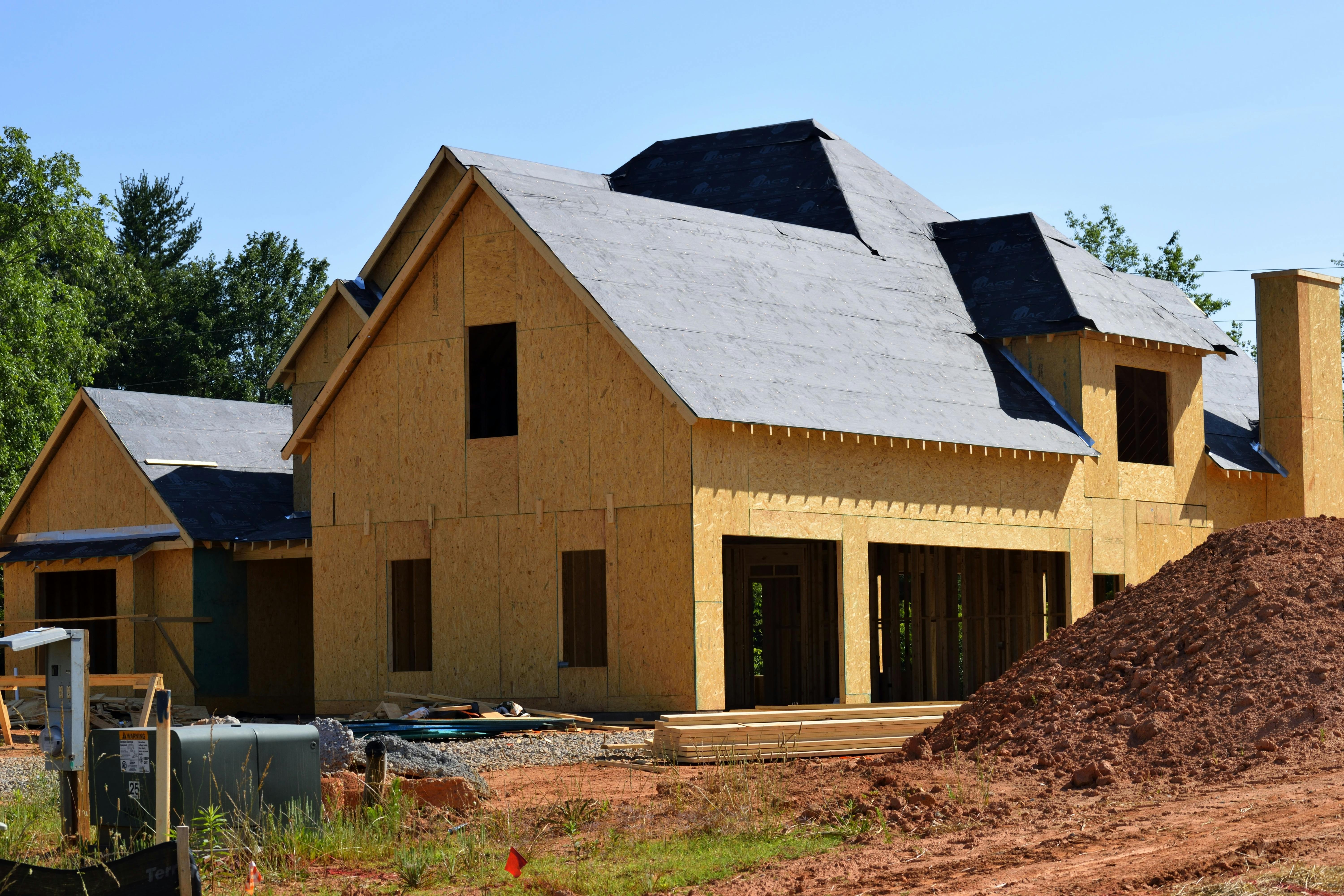Choosing a Soundproofing Technique: Drywall Soundproofing vs. Mass Loaded Vinyl
When considering different soundproofing techniques, whether for professional new construction or a DIY remodel, it’s important to understand how sound is transmitted through walls so you can compare the benefits. To determine which technique is more appealing, let’s first examine how sound interacts with barriers, such as walls, and then compare the soundproofing performance of mass-loaded vinyl and soundproof drywall.
Sound, i.e. sound waves or vibrations, passes from one side of a sound barrier (wall) to the other causing the barrier to vibrate, which in turn causes the air on the other side of the barrier to vibrate. Naturally, more massive barriers, such as a heavy metal wall, are more difficult to vibrate and therefore transmit less noise than lighter barriers. This basic principle is what underlies the “bulk loaded” approach to soundproofing, including mass loaded vinyl. For mass loaded vinyl, heavy vinyl sheets, weighing about 1 pound per square foot, are used to increase the mass of the wall by installing it between the studs and the outer layer of drywall.
However, soundproofing goes beyond mass considerations. The latest technology in soundproofing is based on viscoelastic cushioning. Viscoelastic materials, due to their combination of viscous (like peanut butter) and elastic (like a rubber band) properties, dissipate energy when in contact with sound waves. In other words, when the force of sound waves hits a layer of viscoelastic material, the material is deformed by the vibration (because it’s elastic like a rubber band), but slowly returns to its original shape (because it oozes like peanut butter). ) . During that expansion and contraction, a significant portion of the energy in sound waves is converted to thermal energy, or heat.
Constrained-layer viscoelastic cushioning is a technique in which a thin layer of a viscoelastic material, usually a polymer, is sandwiched between two rigid surfaces, such as drywall. By separating the two layers of drywall with viscoelastic material, the viscoelastic layer dissipates a significant part of the acoustic energy and very little vibration is transmitted through the second layer of drywall, resulting in high transmission loss. Soundproofing drywall, or soundproof panels, uses precisely this approach to achieve excellent noise control results.
Mass loaded vinyl can provide good soundproofing results; however, installation is labor intensive and the combination of materials and labor costs can make mass loaded vinyl an unattractive option. Particularly for DIY projects, the installation procedure for mass loaded vinyl is complex and error prone. Soundproof drywall, on the other hand, marks, breaks, and hangs like regular drywall. It is easy to install and is available nationwide from drywall suppliers.
In addition, the soundproofing performance of 1 lb/sq. ft. vinyl is not up to par with similar wall construction using soundproofing drywall. A standard one-stud interior wall with 5/8″ plaster on each side offers a Sound Transmission Class (STC) rating of 34. Adding a layer of mass-loaded vinyl to one side of the wall assembly can raise STC rating at 43 However, the same assembly with sound deadening drywall used on one side achieves an STC rating of 51.
Both in terms of noise control performance and ease of installation, soundproof drywall is the cheapest and easiest way to achieve world-class soundproofing.
